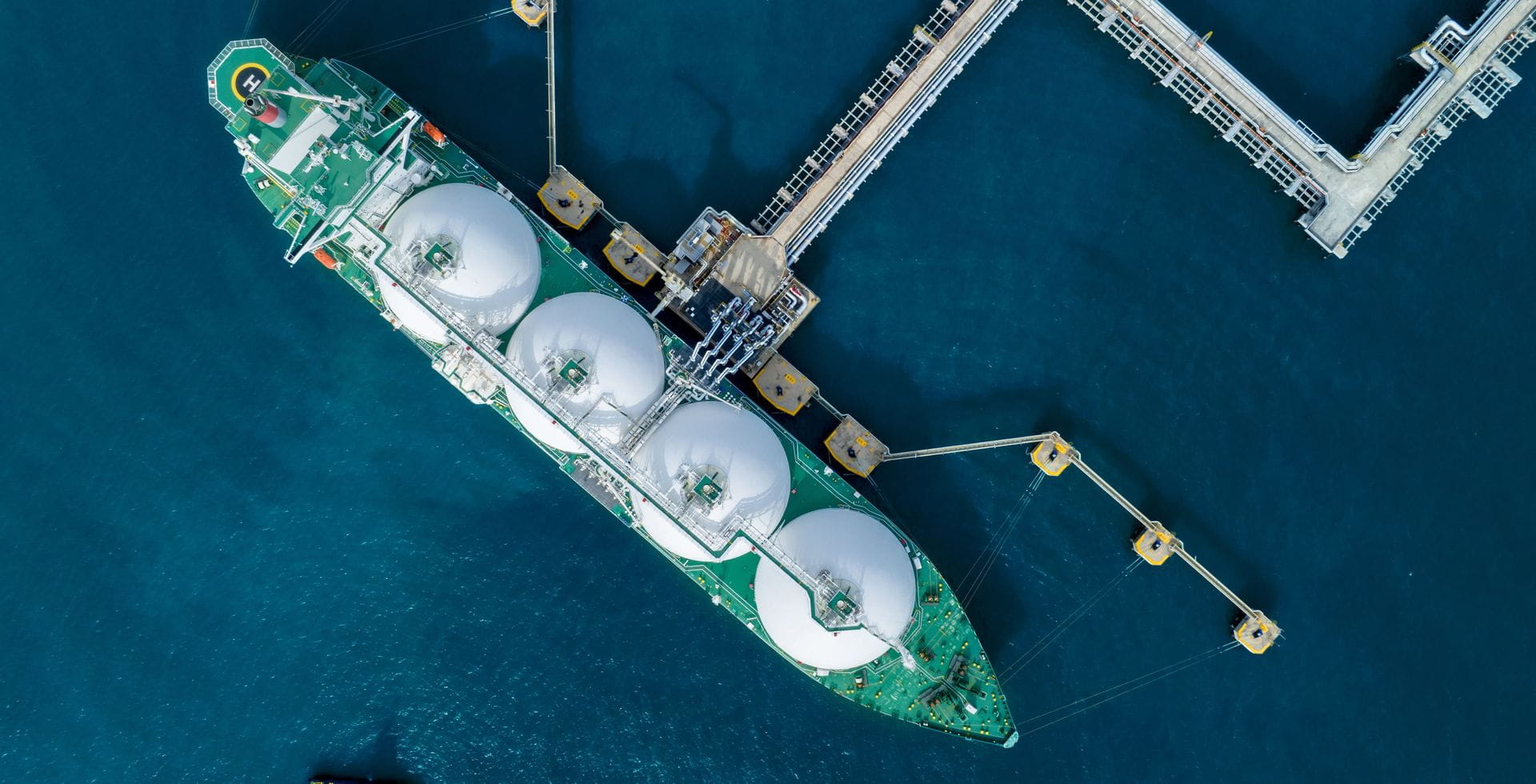Stewardship | ~4 min read
A hull lot greener: how shipping is seeking to reduce its carbon footprint

Maritime transport is crucial for global trade, accounting for 80% of trade volume,1 but contributing more than a 10th of the transport sector’s CO2 emissions. With cargo volumes rising, can the shipping sector lower its carbon footprint?
Shipping is one of the hardest sectors to decarbonise. Improving its green credentials – while keeping shipping rates affordable and maintaining the efficiency of global trade – requires a delicate balance.
But the need is pressing: shipping accounts for 11% of the entire global transport industry’s CO2 emissions.2
While liquified natural gas has lower CO2 emissions than heavy fuel oil (HFO) – which currently predominates in the sector – it is not a low-carbon fuel, acting only as a bridge to the energy transition. One potential solution – full electrification – is impractical due to long distances travelled and its low energy-density. But green ammonia and biofuels are emerging as leading low-carbon fuel alternatives. Meanwhile, efficiency initiatives are targeting lower energy consumption, such as optimising ship hull hydrodynamics, routes and speeds.
However, both low-carbon fuels and efficiency measures require significant scaling up to avoid inflationary pressures on shipping rates.
Turning the tide
Europe is leading the charge to align the sector with net-zero goals. In January 2024, the European Emissions Trading System (EU ETS) was expanded to include all ships over 5,000 gross tonnage. Using a “cap and trade” principle, the EU ETS limits emissions from the sector, while allowing emissions trading between companies.3 Ship data is being collected for the trading system to be applicable by 2027.
Earlier this year, the International Maritime Organization (IMO) agreed the introduction of carbon pricing for large ships, pending a vote in October by member countries. Starting in 2027, ships’ non-compliance with annual GHG fuel intensity targets will require purchasing of “remedial units” to cover their emissions – a financial liability higher than the cost of EU ETS.4
While the IMO rules have been criticised for being less ambitious than frameworks like the Science Based Targets initiative, we welcome the global minimum decarbonisation standard for the sector.
Furthermore, decarbonising global trade transportation will contribute to reducing scope 3 emissions in other sectors – for example, emissions from manufacturing value chains. But greener global trade also requires similar commitments from the aviation and road transport sectors. We believe that investment and active stewardship can play a role in pushing for this change. It’s time to “seas” the day.
1 UN trade & development, Shipping data: UNCTAD releases new seaborne trade statistics, 2025
2 IEA, Global CO2 emissions from transport by sub-sector in the Net Zero Scenario, 2000-2030, 2023
3 European Commission, EU ETS emissions cap - European Commission, 2025
4 International Carbon Action Partnership, EU Emissions Trading System, 2005 : The remedial unit price is split in two tiers. Until 2030, for the IMO Tier 1: USD 100 per tCO2e, and Tier 2: USD 380 per tCO2e, while EU ETS traded at an average price of USD 70 per tCO2e in 2024






